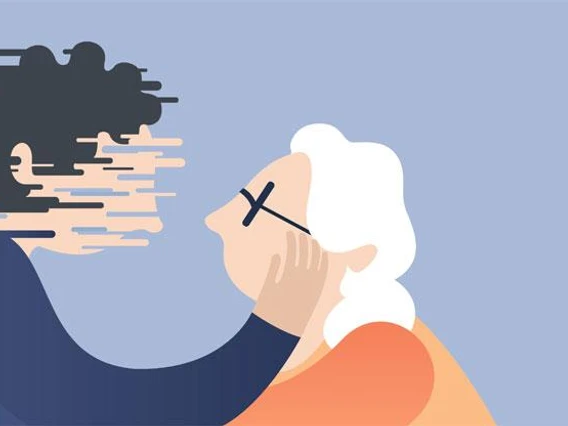What is a Disc Herniation ?
Disc herniation, also known as a slipped or ruptured disc, occurs when the soft inner portion of an intervertebral disc protrudes through the outer ring. This can cause compression of nearby nerves, leading to pain, weakness, or numbness. There are several types of disc herniation, classified based on the direction in which the disc material protrudes. The most common types include:

1. Protrusion: In a protrusion, the outer layer of the disc is intact, but the inner disc material (nucleus pulposus) protrudes beyond its normal position. This may cause pressure on nearby nerves.
2. Prolapse: Prolapse occurs when the outer layer of the disc is still intact, but the inner material bulges out more noticeably.
3. Extrusion: In an extrusion, the inner material of the disc breaks through the outer layer but is still connected to the disc. This can lead to compression of nerve roots.
4. Sequestration: Sequestration is the most severe form of disc herniation. In this case, the inner disc material breaks through the outer layer and becomes separated from the disc. The sequestered fragment may move away from the disc and cause compression of nerves at a distance.
It’s important to note that symptoms and severity of disc herniation can vary from person to person. While some people may not experience any symptoms, others may have significant pain and discomfort. Treatment options depend on the severity of the herniation and the symptoms, and may include conservative measures such as rest, physical therapy, and pain management, or more invasive options like surgery in severe cases. If you suspect you have a disc herniation or are experiencing symptoms such as back pain, leg pain, or numbness, it’s essential to consult with a healthcare professional for an accurate diagnosis and appropriate treatment plan.





















